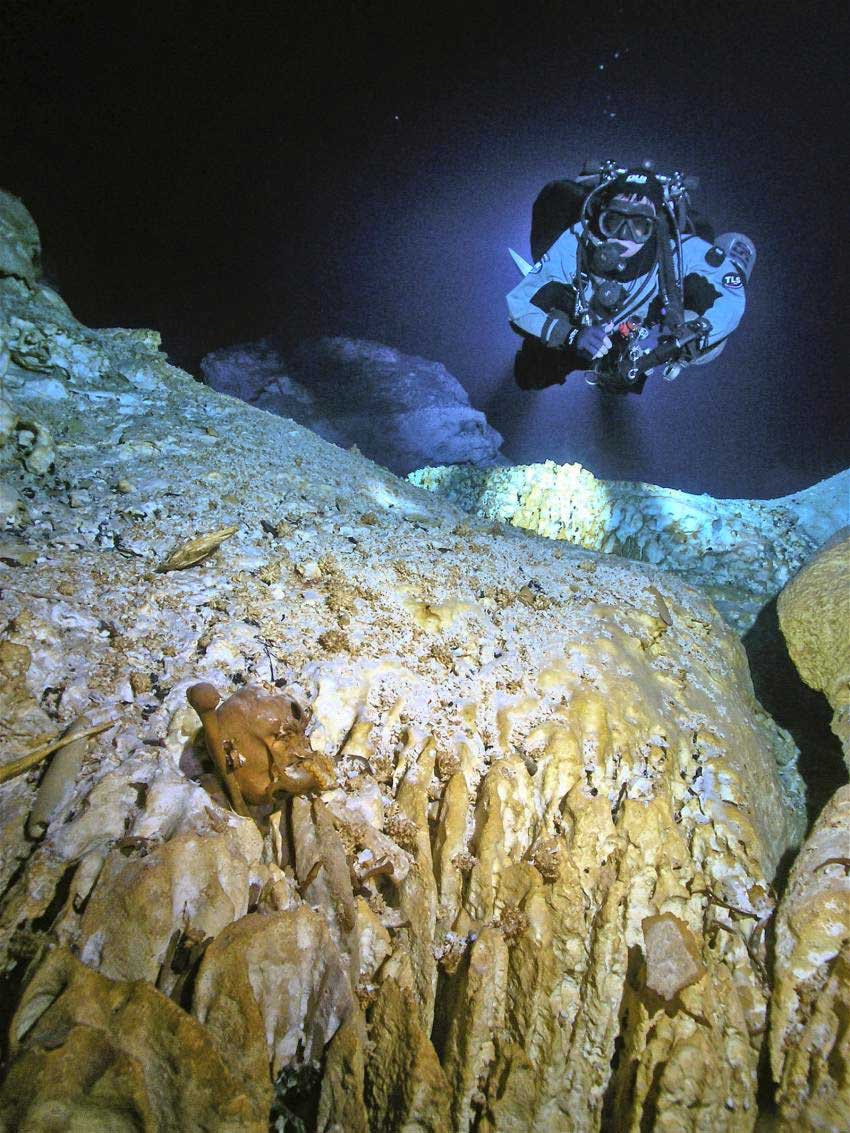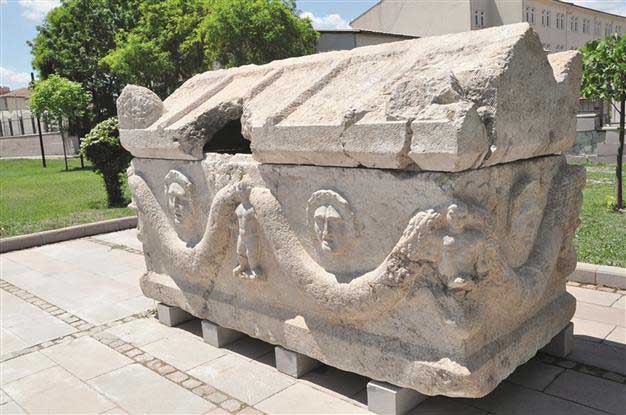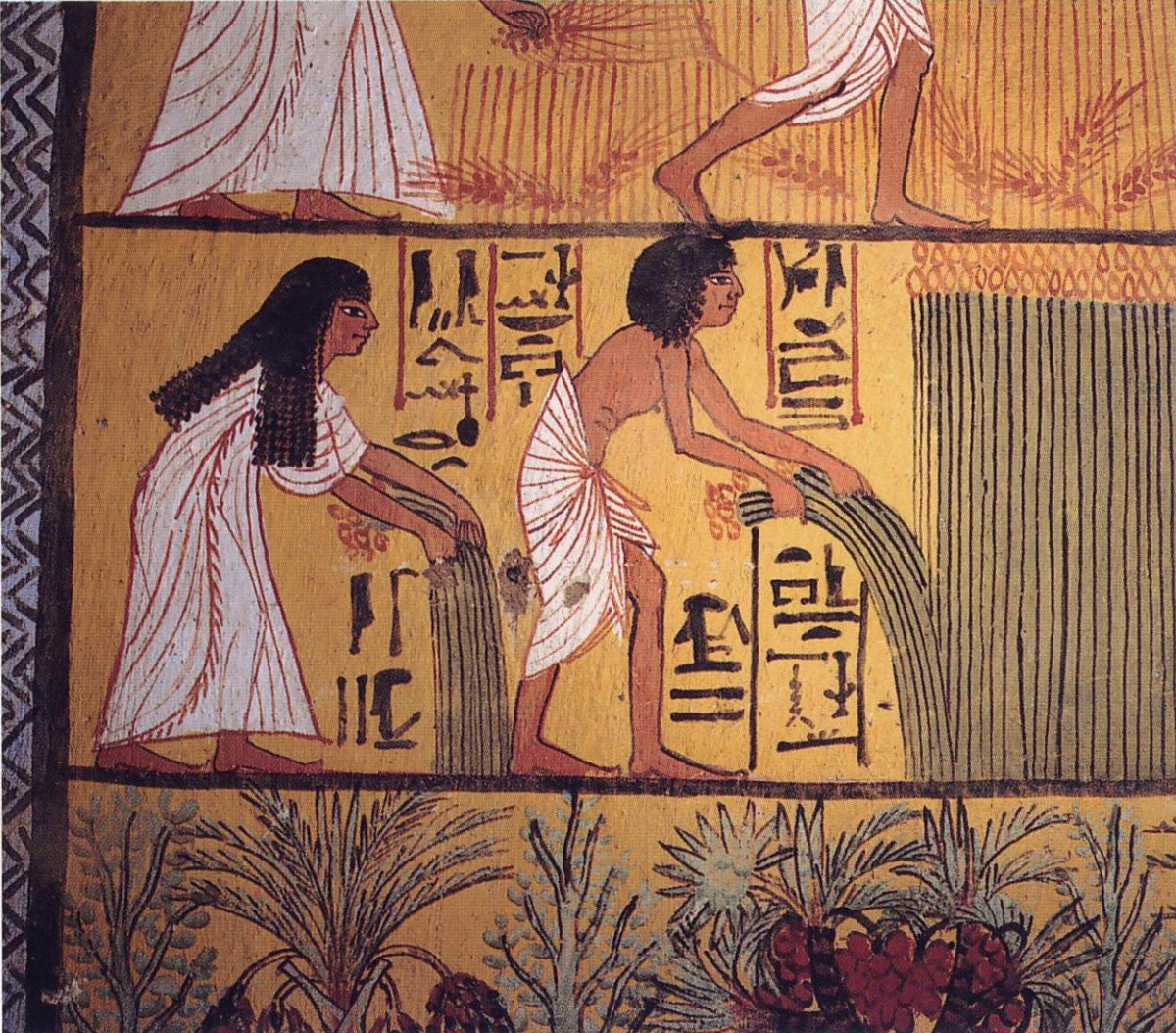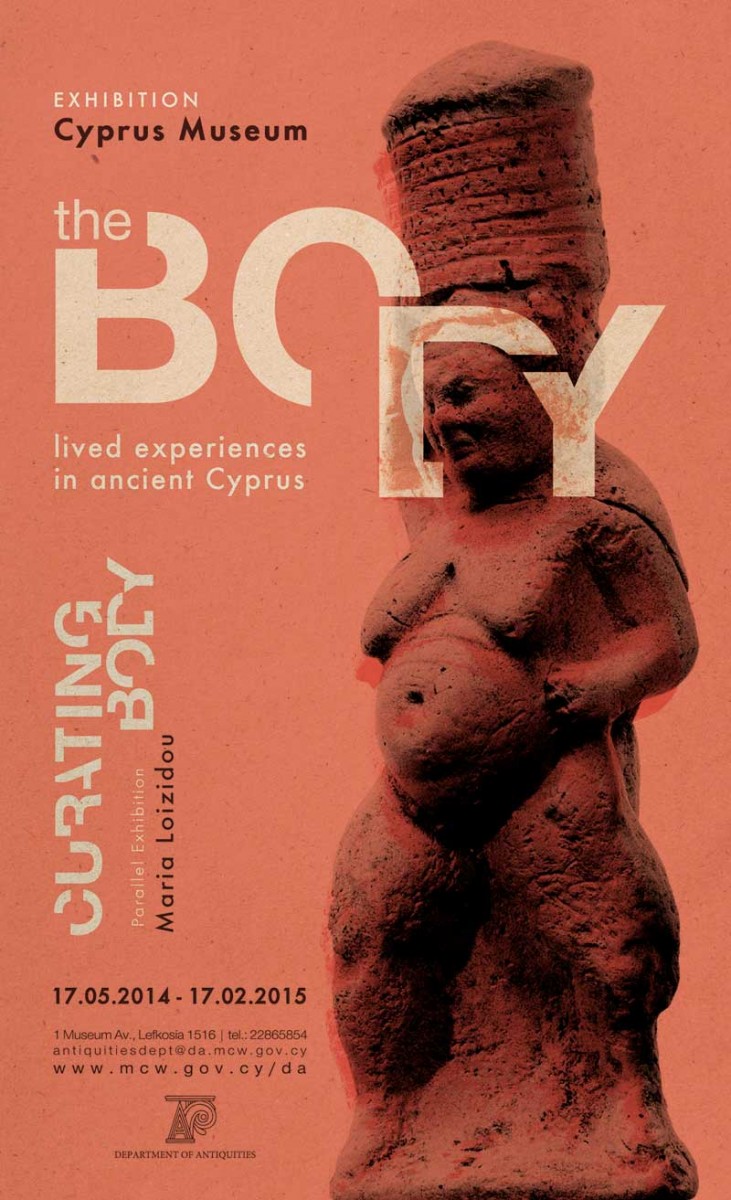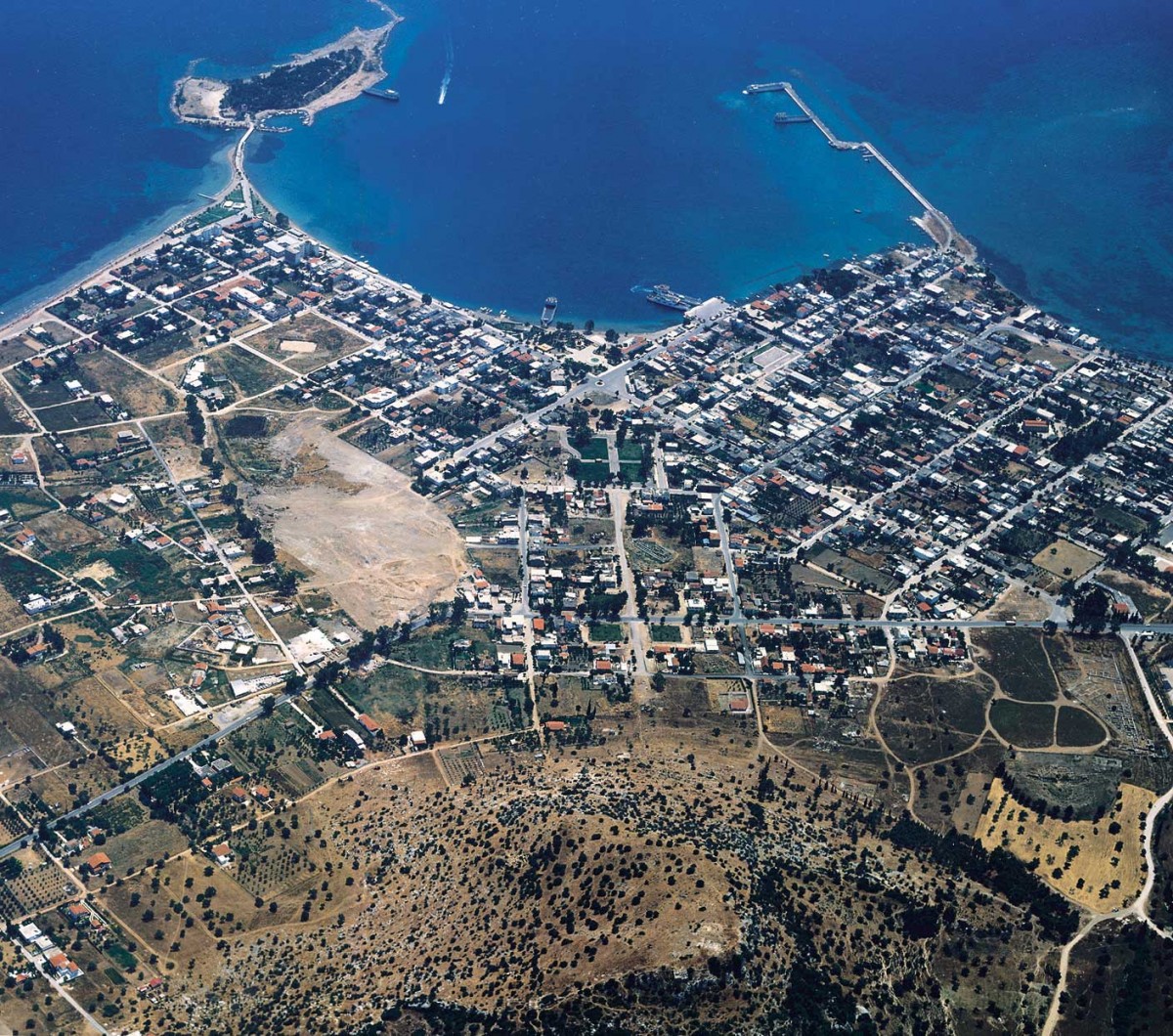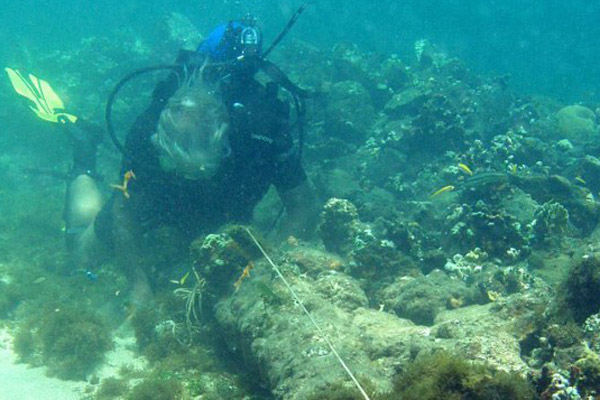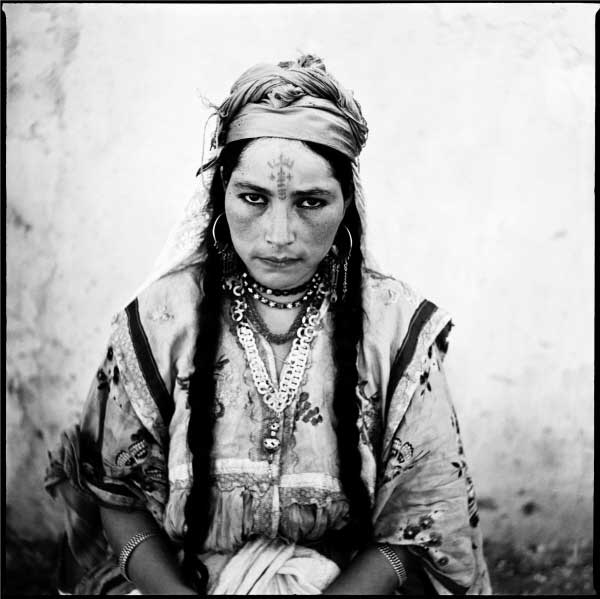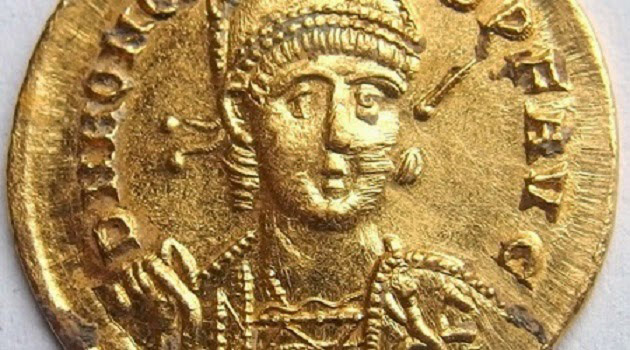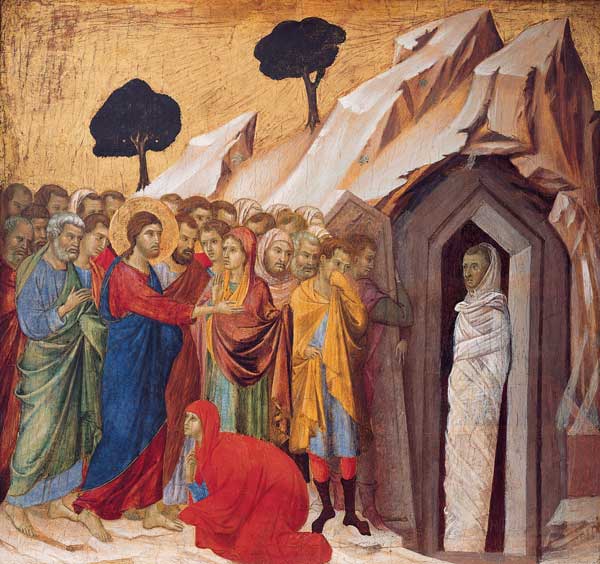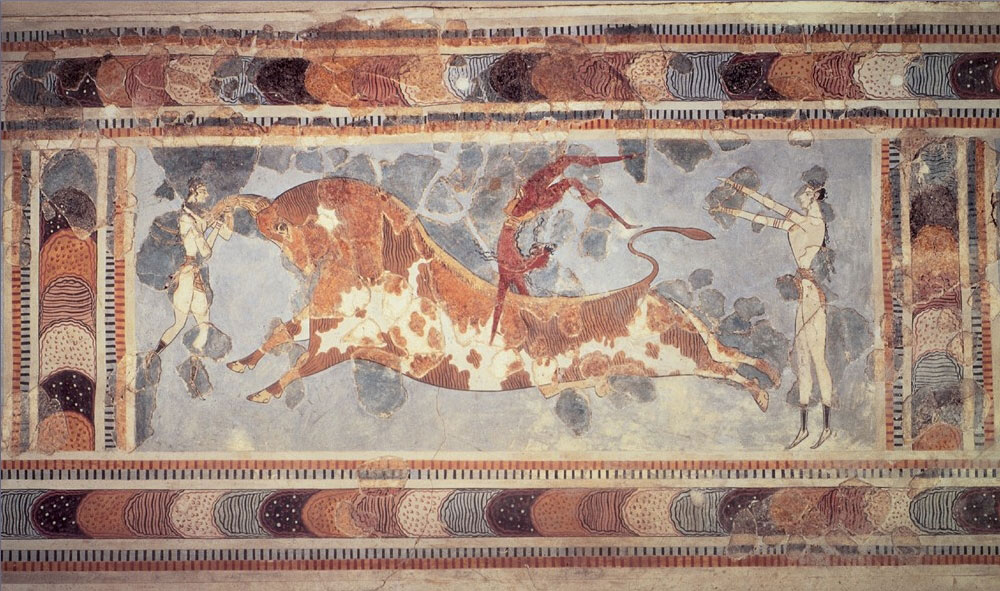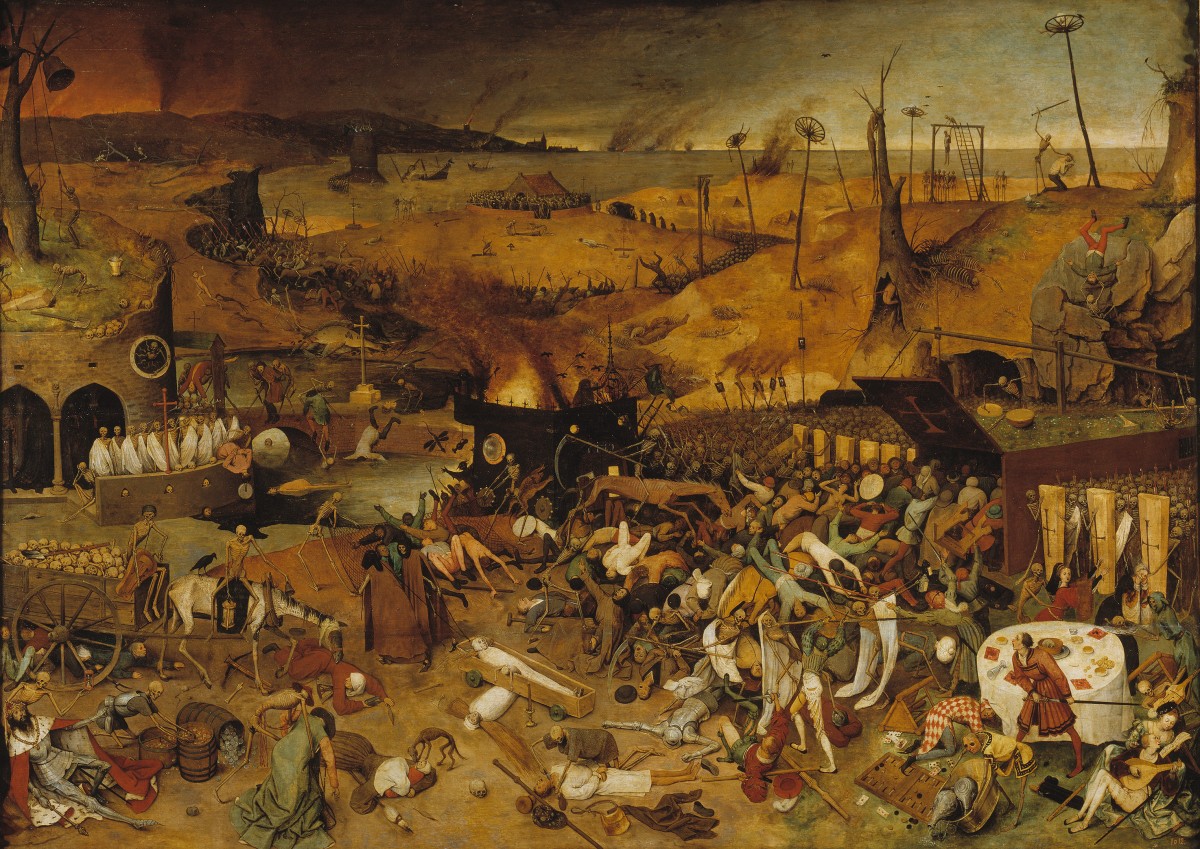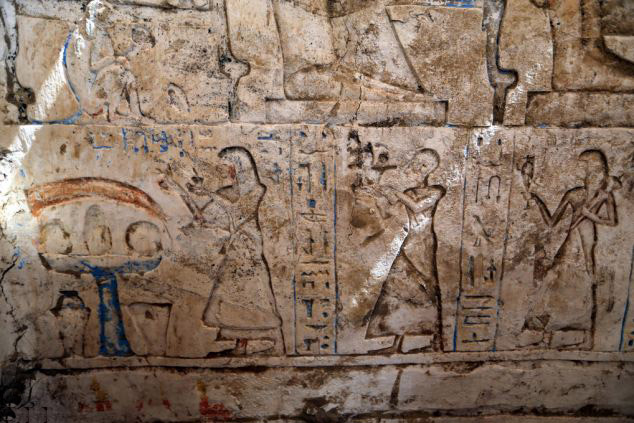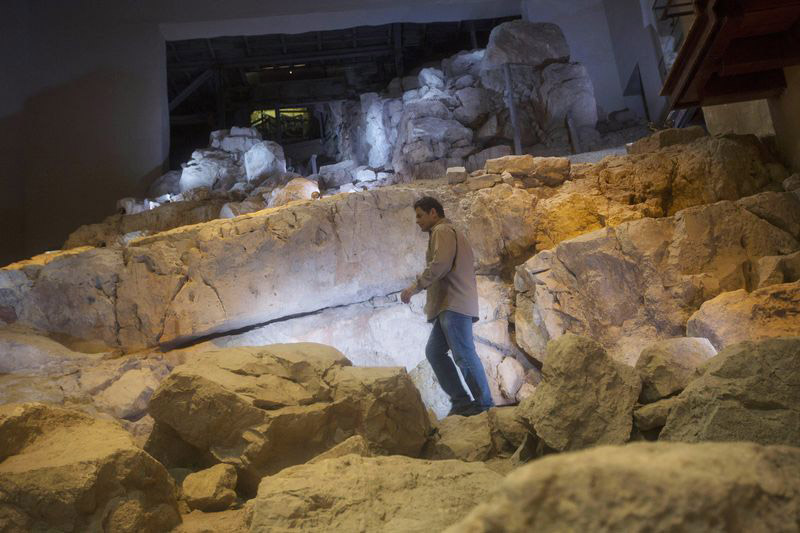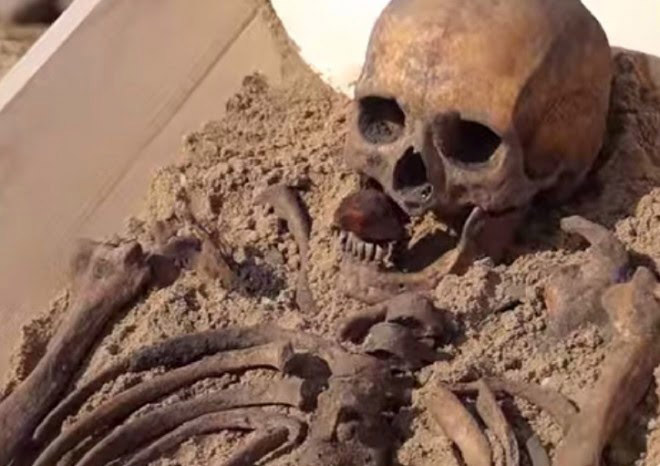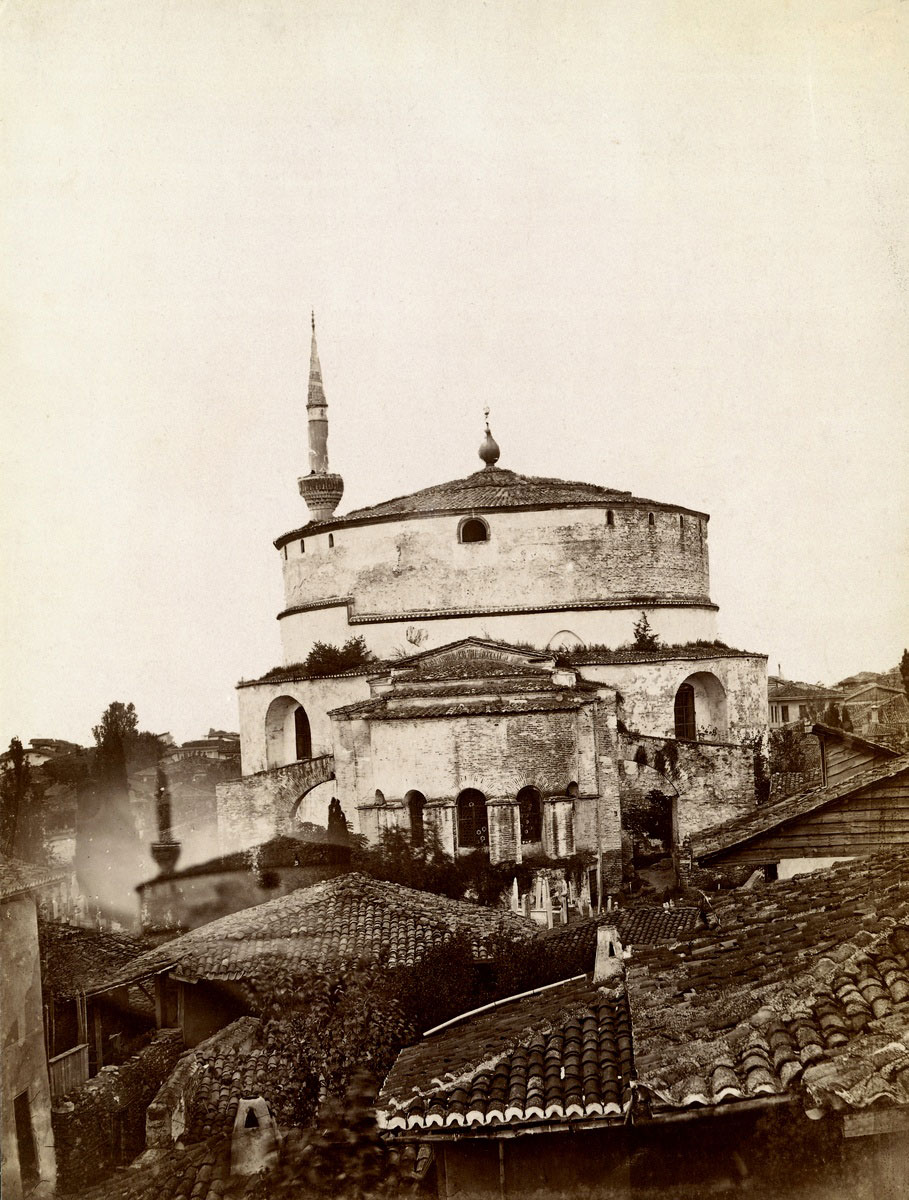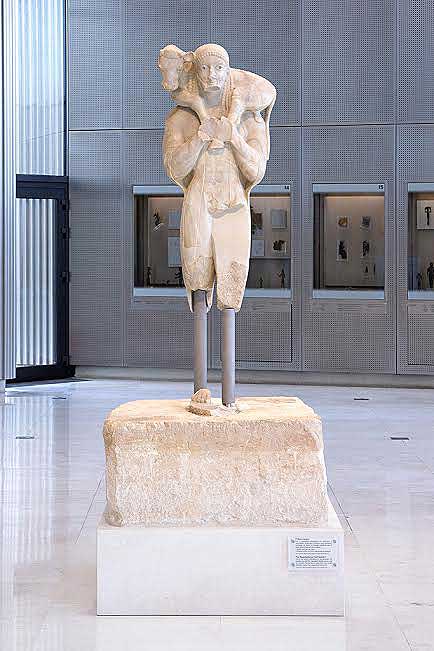Bones from a watery ‘Black Hole’ sheds light to Western Hemisphere’s first people
The skeletal remains of a teenage female from the late Pleistocene found in an underwater cave in Mexico have major implications for our understanding of the origins of the Palaeoamericans and their relationship to modern Native Americans.
1,900-year-old tomb came to light at illegal excavation
Archaeologists believe there was a female body inside the tomb which came to light during illegal excavation in a village of the province Çorum’s Sungurlu.
Hellenistic tomb found in Ayios Silas, Limasol
A Late Hellenistic tomb featuring three chambers came to light on Tuesday afternoon in a plot in Ayios Silas in Limassol during landscaping works.
Looking underwater for the very first European village
Exploring the prehistoric landscapes submerged in the Argolic Gulf in Greece, in an attempt to reconstitute them and perhaps to find traces of human activity.
Virtually Vegetarians: ancient Egyptian diet revisited
The inhabitants of Egypt between 3500 BC and 600 AD were on a diet largely based on fruit and veg and contaied little fish and meat, whiole it changed little over time.
The material culture of the humble homes
In the framework of the lecture series "Byzantium without glamour. The 'humble' objects and their use in the everyday life of the Byzantines", Guy D.R. Sanders gave a lecture about the material culture of the humble homes in medieval Corinth.
Ritualistic drug use in Neolithic Europe
Opium, cannabis and other plant drugs were used for their hallucinogenic properties in prehistoric Europe within the framework of ritualistic practices.
International Museum Day and European Night of Museums in Cyprus
Events organized on the occasion of IMD and Night of Museums in the museum of Cyprus.
A 2,600 year old baby from Swansea
A CT scan recently performed on the mummy showed a dark area about 10cm long which appears to be a foetus and what could be a femur. In other words, the results are consistent with the remains of a baby!
Swiss Excavations at Eretria: 50th Anniversary 1964-2014
The Swiss School of Archaeology in Greece celebrates the 50th Anniversary of the Eretria Excavations with a Colloquium at the Acropolis Museum in Athens.
Santa Maria discovered?
A team of underwater archaeologists led by American expert Barry Clifford has laid serious claims that they have located remains of Santa Maria, the legendary ship that carried Christopher Columbus to America in 1492.
Tracing the origins of tattooing
The exhibition Tattooists, tattooed, which opened on May 6, and will run through October 18, 2015 at the Musée Quai Branly returns to the origins of tattooing and presents the renewal of this phenomenon in its now permanent and globalised manifestation.
Bulgarian archaeologists reveal “motel” for Emperors
The remains of a Roman way station, a roadside building complex equivalent to what would be now a motel were discovered in Sostra, Bulgaria
“And the girl he immersed in the font he took out as a boy”
The work of the medieval saint often began even before birth; the earliest text telling the life story of 6th-century Gildas has him making important pronouncements from the safety of his mother’s womb.
Thera Fresco Conservation Lab Closed
The fresco conservation laboratory, housed within the archaeological site at Akrotiri, Thera (Santorini) since 1967, has been closed due to lack of financial means that would keep it open and operating.
The Archaeological Museum of Herakleion opens again
According to a statement on the Culture Ministry website, the museum’s exhibition of Minoan artifacts would be open to visitors daily from 8 am. to 8 pm.
Decoding the Black Death
The Black Death was just the first outbreak of medieval plague, so the post-Black Death population suffered major threats to health in part from repeated outbreaks of plague.
An ancient Egyptian diplomat’s tomb revealed at Saqqara
The tomb was located within the Saqqara necropolis -a royal one during the Old Kingdom but in use by noblemen later on-, south of Unas Pyramid causeway at Saqqara necropolis.
Beyond Zion
Iron Age fortification ruins site opens to the public in East Jerusalem as part of Elad funded City of David archaeological park
Another vampire found in Poland
A brick had been placed in his mouth, his teeth, or "fangs" were removed, and his leg was staked. The burial dates from the 16th century AD.
International Museum Day at the Acropolis Museum
Two special gallery talks and a commemorative medal on the occasion of the International Museum Day.
All the Emperor’s Men?
All 45 tombs contained the remains of people buried in coffins with their legs twisted, according to a burial custom typical of the Qin Dynasty.
Mapping the Via Appia
Lecture about the "Queen of Roads" by Stephan Mols (Radboud University, Nijmegen).
